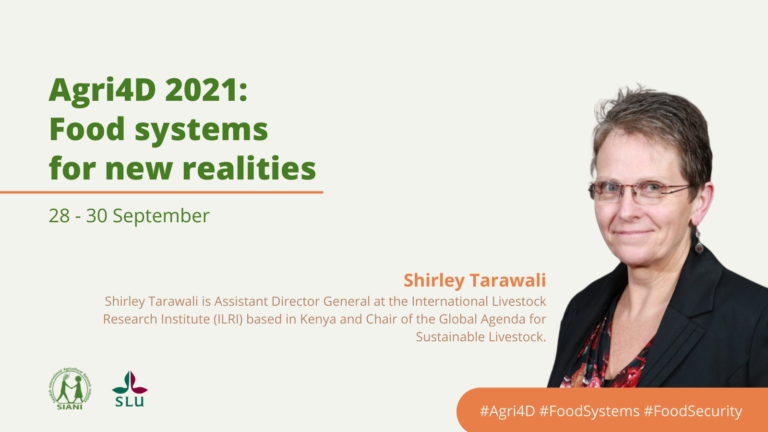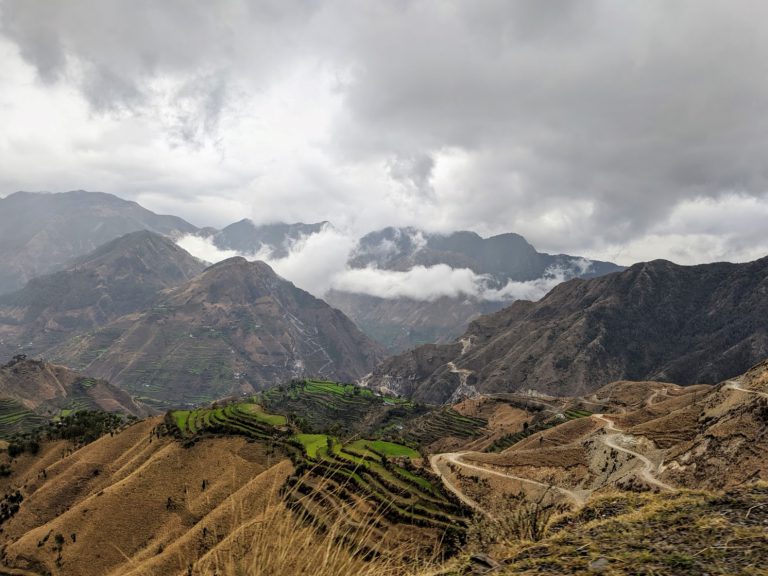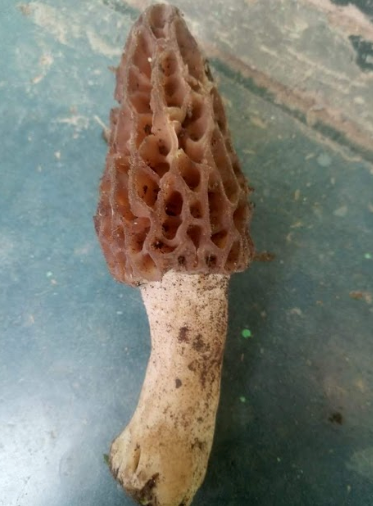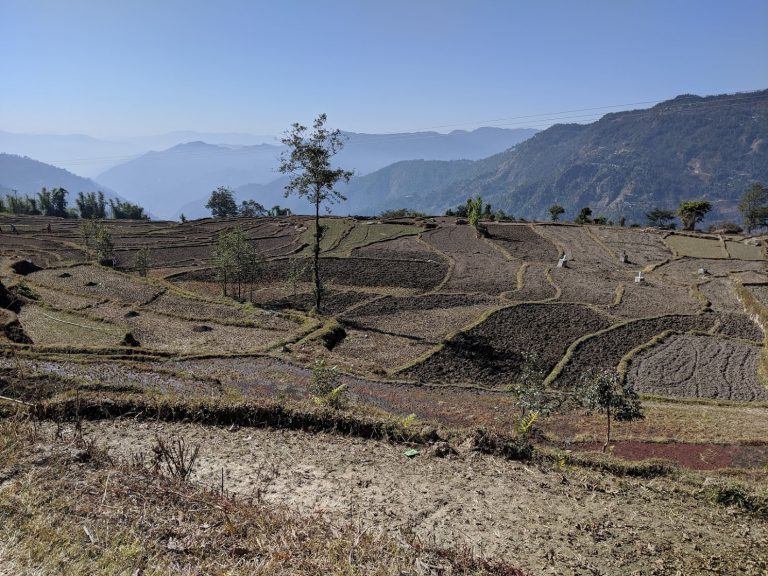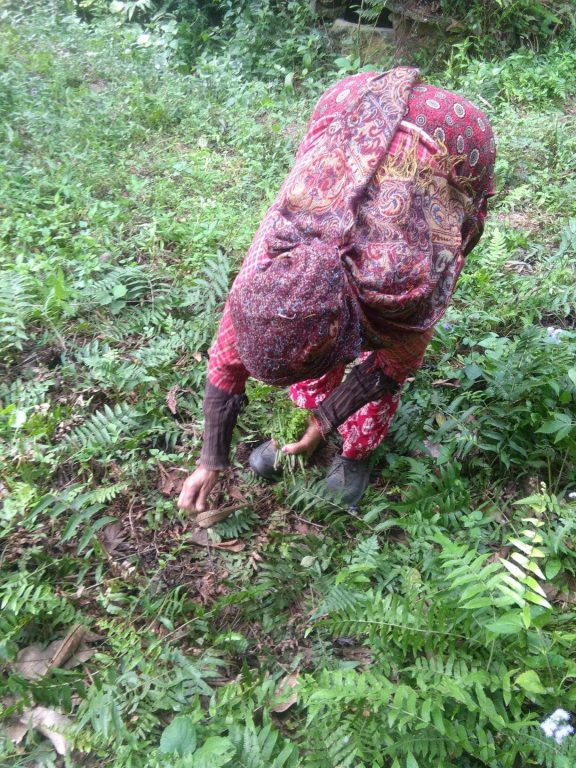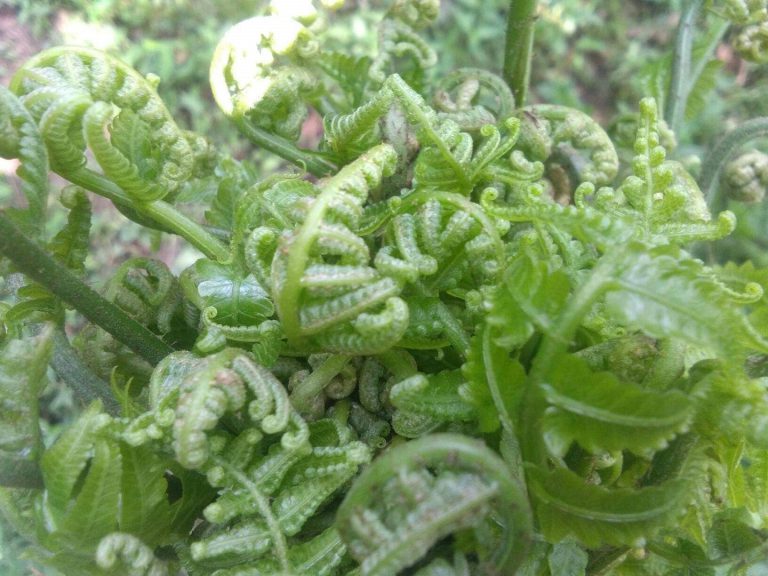This blog post was written by Kimberly Spirito, intern at SLU Global. It was first published at SIANI, Swedish International Agricultural Network Initiative.
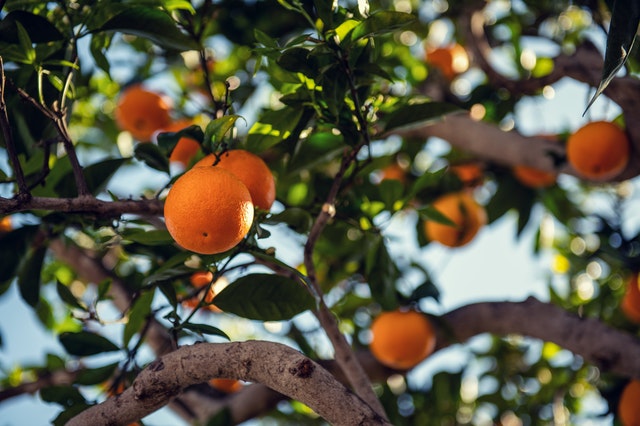
We have all heard about the idea of creating circular systems and how they could create sustainable societies. But what would it take to transform our current linear systems into circular ones? This question was at the heart of one of the themed panel discussions at the Agri4D conference, which took place 28-30 September 2021.
The online conference brought together researchers, practitioners, policymakers, and an insightful audience to discuss food systems for new realities. The platform Coeo, on which the conference was held, offered the possibility of interacting with people working with sustainable transformation of food systems from all over the world. Panel discussions and presentations of the latest research were held, and the conference moderators brought everything together beautifully through a livestream on stage. It was like we were physically present at a conference, while having the perk of saving CO2 emission from not having to travel. New knowledge was generated, and new connections were made despite the pandemic.
Six topics were discussed during the conference. This blogpost will highlight my experiences and key takeaways from the panel discussions regarding topic 4 on circular food systems.
Rethinking waste management
Today, waste is produced at every step of the process from farm to fork, Matthias Eriksson highlighted that we have come pretty far in reintegrating waste into production chains and recycling it into new products and services. However, we can go further in terms of closing the loop.
What we want and what we see now is that there are a lot of initiatives to make these loops smaller so we can recirculate the waste directly back to the food supply chains and make it more efficient. But the problem is that there is a risk that we might just circulate everything without actually gaining the whole purpose of food, that it should be eaten.”- Matthias Eriksson, SLU
The second speakers’ presentation continued with addressing the risk that reintegrating food waste into a system might not lead to the generation of more food being eaten. Charity Mashegde and Isheanesu Murwira, two representatives from the organisation Knowledge Exchange Hub, spoke about how they adopt the philosophy of “food is never waste” in their work. They proposed that using the food that could not be sold in markets to cultivate Black Soldier Fly larvae as protein for animal feed, but also as food for human consumption, could be a way of closing the loop and minimizing food waste. Black Soldier Fly larvae have lower environmental impact than other protein sources, and have high fat, protein and mineral content, more iron and zinc than lean meats, as well as more calcium than milk.
Another crucial topic discussed is that a lot of research and innovation in terms of waste management seems focused on the urban-to-urban or rural-to-urban loops. There is a shortage of interest in rural-to-rural circular systems, specifically within sanitation research. There is potential within this topic according to Linus Dagerskog, who presented a resource flow mapping tool for rapid assessment of rural recycling opportunities. It is a participatory tool where the community is involved in generating a waste management system that suits their needs best. This presentation showed the potential for the impact of research when conducted in close collaboration with the people who will benefit from it. A collective takeaway from the conference was that research needs to be conducted in collaboration with other actors and with the people who are to benefit from it.
Recirculating nutrients from waste
The potential of sanitation waste came up several times. PhD Student Aline Paiva Moreira’s talk on Human urine as a fertilizer for sustainable food systems highlighted a lack of diverse research on the topic of linking energy, sanitation, and agriculture. Most research on the topic is conducted in Europe or by European scholars. Aline pointed out that the solutions that fit the European context are not universal. Linking energy, sanitation, and agriculture is a way to create a sustainable circular system, but it needs to be country and context specific for it to be sustainable.
Researcher Chea Eliyan also spoke about the potential for nutrients and energy retrieval from faecal sludge specifically in the case of Phnom Penh. Nitrogen, phosphorus, and energy could be recovered from it. The talks by Aline and Chea highlighted the need for more sustainable sanitation systems and the real potential it could have for closing the loop when combined with agriculture and energy.
More effective use of animal waste within aquaculture was also discussed. According to Da Chau Ti, who spoke about a research project conducted in Vietnam, pond sediments from seafood production could be used as organic fertilizer for vegetable cultivation. Farmers could produce both fish and vegetables, generating food and income security by having multiple sources of income/food sources. There can also be less environmental impact and soil health can be improved over the years when pond sediments are incorporated as a fertilizer.
Circular system initiatives
Food insecurity is a real threat in our reality of climate change. Finding efficient and sustainable ways of producing food will ensure availability of food. Horticulture, hydroponics, and aquaponics present solutions for sustainable circular food production. Researchers Karl Johan Bergstrand and Sammar Khalil from SLU spoke about indoor food production and energy production from food waste and human waste after it’s been through biological treatment. Their research has revealed that bioremediation with fungi, nitrification, and dilution makes it possible to separate nutrients from harmful or unwanted substances within food waste and human waste in a safe way. High contents of Sodium, Chlorine, Ammonium, heavy metals, and micropollutants such as pesticides can be removed with these methods. The nutrients from the waste can then be used in hydroponics, aquaponics, and horticulture.
Another way of creating circular systems, besides recirculating waste into production, is to harness renewable energy. Yasmina Ganse presented how the company Spowdi works with enabling smallholder farmers to transition from fossil fuel to solar-powered irrigation pumps with no running costs. Spowdi is short for “solar-powered water distribution” and their technology is called Spowdi Mobile Pro. The technology helps farmers produce more food with less energy use and less water and thus helps to reduce the CO2 emissions and water consumption.
Many initiatives are trying to transform our current linear systems into circular ones, many targeting food systems. However, they face real challenges. The last speaker Jennifer McConville presented her ideas of how to best overcome these challenges, saying that it is important from the start to have a good understanding of the socio-technical landscape/regime before initiating projects for transformation. The systems we have today are based on linear process design. Implementing circular niches within current linear systems requires involvement from several actors, such as end users, service providers, users of products, politicians and regulators, and other sectors such as the building sector, energy sector and food sector.
If we want niche innovations to lead to circular solutions that work, we need to understand how we can play around with functions such as current functionality of technology, socio-cultural norms, legal and regulatory frameworks, existing skills and capacity, financial arrangements, and institutional arrangements within socio-technical landscapes. It is not enough to only consider the potential utility of a technology.
Food for thought
For me, as a student of Global Studies, the topic of nutrient and energy recovery from waste is not something I have thought about when thinking of circular systems. Hearing about the benefits of linking energy, sanitation, and agriculture was an eyeopener to the potential of food systems and sanitation systems to contribute to sustainability.
Following the panel discussions about circular systems within food systems has really given me food for thought. There are several things I take away from it, but the thoughts I take to heart are “food is never waste” and that implementing circular innovations where linear systems exist requires a comprehensive understanding of the bigger picture. To me, they encompass everything else said during the panel discussions and broadly answer the question of what it would take to transform our linear systems into circular.
To summarise, I quote Sara Gräslund, head of SLU Global,
“It is important to work from farm to fork, but just as important to work from fork back to farm.”
Read another blog from Agri4D on innovations for food systems transformation.

